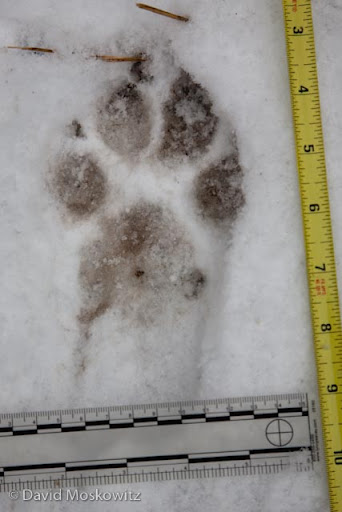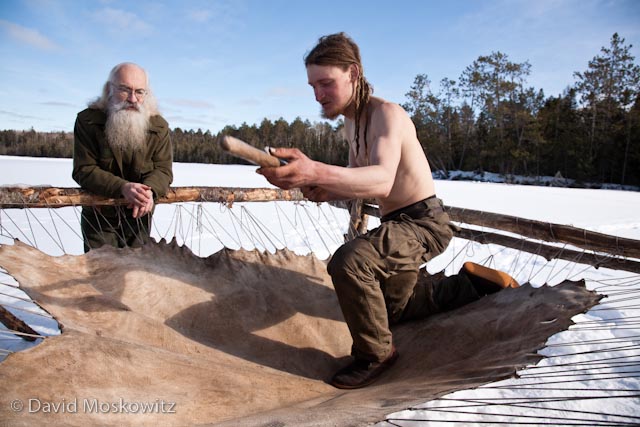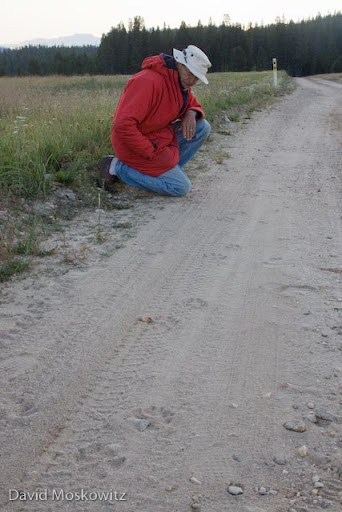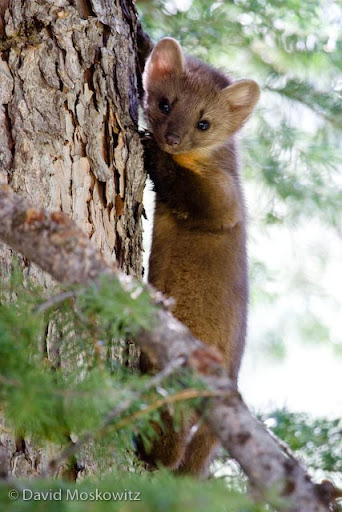Black bears, mountain lions, and much much more...
May marked the end of this years Wildlife Tracking Intensive at Wilderness Awareness School. We spent one more weekend exploring wild lands in the region looking for tracks and signs of wildlife and testing our skills in the field.
Mark Kang-O’Higgins inspects the marks left on a leaning alder by a scent marking black bear.
Douglas Cowan inspects a scent marking scrape next to a rotting log from a mountain lion found on a trail along the edge of a wetland on the western edge of the Cascade Mountains.
Advanced Path Student Projects
Saturday afternoon our two Advanced Path students presented on their research projects.


Thanks to all of our students this year for their passion for developing their skills as wildlife trackers and naturalists! It was another great year!
Interested in learning more about the Wildlife Tracking Intensive? Check it out here! Applications now being accepted for next years class which starts in September!

































